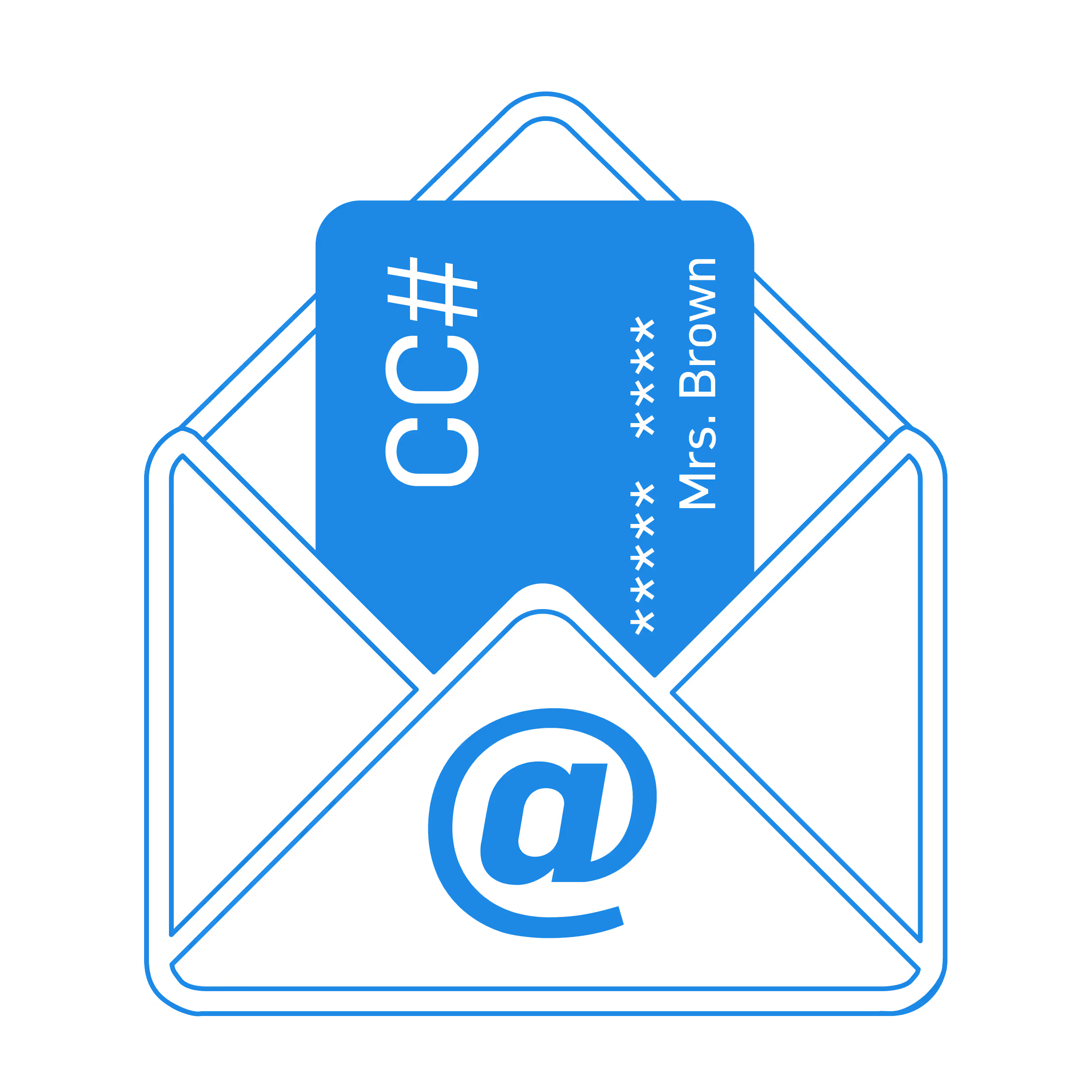Sending Credit Card Info Over Email
The way you handle emailing credit card info might just change your scope for PCI DSS compliance.

The way you handle emailing credit card info might just change your scope for PCI DSS compliance.

The way you handle sending credit card info might just change your scope for PCI DSS compliance. We often get the question: if you receive primary account numbers (PAN) via email, is your email server in scope of PCI?
If so, then yes, your email server is in scope for PCI security requirements.
See also: The 12 Requirements of PCI Compliance
PCI DSS Requirement 4.2 states that credit card information must not be captured, transmitted, or stored via end-user messaging technologies (like email). Here’s why: email leaves trails of unencrypted credit card numbers in inboxes, trashes, web browser caches, etc. As with any end-user technology, it’s extremely difficult to secure.
See also: SecurityMetrics PCI Guide
According to the PCI DSS, e-mail, instant messaging, SMS, and chat can be easily intercepted by “packet-sniffing” software or hardware during delivery across internal and public networks. Packet sniffing is a tactic similar to wiretapping a phone network and can be used by hackers to capture your Internet traffic.
Even if your email server is configured to provide strong encryption when you connect to read your email, you have no guarantee that the receiving end has the same level of encryption. Do not utilize these messaging tools to send PAN unless they are configured to provide strong entire message encryption (PGP, GPG, etc.). Even then, it’s probably just easier to find another way to transfer sensitive credit card data.
See also: PCI DSS Compliance FAQs
If you have questions about PCI compliance and emailing credit card info, Data Security, or PCI Audits, contact us here.